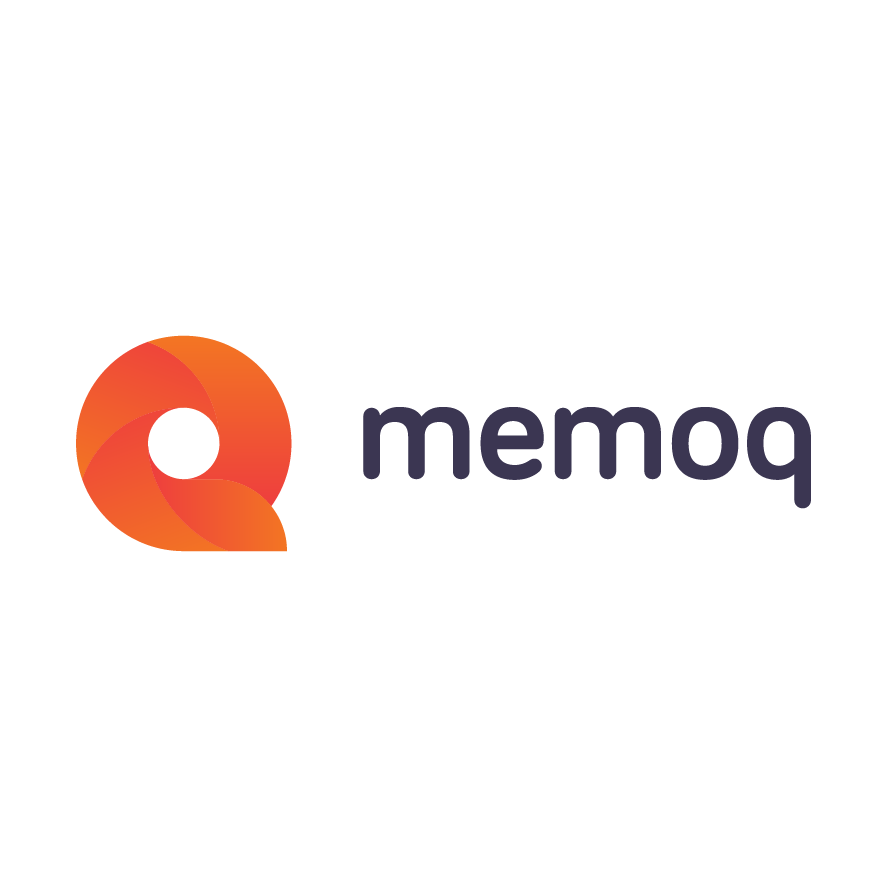Today, the use of translation technology is not standard within the subtitling industry. Angela Starkmann discusses how memoQ's features facilitate audiovisual translation.
I am one of these linguists who would never even translate a Christmas card without using memoQ. There is always just some kind of leverage, and I like working in the editor frame when I am proceeding with my translation.
Since last summer, memoQ is also offering the possibility to translate .srt files. This is great, and I am now even using memoQ for the pre-translation of audiovisual translations (visit the blog again soon to read about the translation process). I have the feeling that I am pretty much the only one actually using this technology for subtitling right now. If you also do, I’d love to hear from you in the comment box below. This article is the first in a series on how translation technology in general, and memoQ in particular, can really be useful for anybody working with audiovisual translation.
The use of translation technology is not standard within the subtitling industry. It is time to change this!
Surprisingly, the subtitling environments on the market seem not even to be aware of the technological possibilities their linguistic brothers in technical translation have. They mainly offer a project environment, where subtitlers can enter their translations, and view them together with the corresponding film material - but no other translation support. There are hardly any terminology functionalities, no technical support for repeated subtitles within a project. These systems even lack the possibility to quickly copy the source text to the target, to save time and effort in re-typing words, and avoid resulting errors. This level of manual work is unnecessary and error-prone, particularly when considering the enormous time pressure under which subtitles are made in today’s market. It is a great opportunity to open up the boundaries between technical translation and the subtitling industry, and have a good look at functionalities and processes that might work on both sides.
Subtitling is still a work for professional human translators, and will always be. But we all should use anything that could help us to improve productivity and quality, and concentrate on the interesting bits of our work.
Let us be clear about one thing: You are not getting your subtitle translation for free. There is still a lot of work of skilled human translators required in any single project. But also AV translations have text elements that can be electronically processed in a modern translation environment. The leverage is different than with technical texts, and it can differ greatly between individual projects. But overall, it greatly improves my productivity as a translator. It saves me from typing the same words again and again and also helps me to deliver high quality. Stupid mistakes that can technically be avoided will simply be eliminated. I need to invest some time to learn using memoQ as my tool, and also understand what it can do for me. It is also important to figure out how this fits into my current translation environment, the processes and checks I am used to. This might be the most challenging right now. This series of articles is designed to help you do just that – let me know how it is working for you, and what you would like to hear about!
Nothing new under the sun. Just more creative.
Whenever I talk to colleagues, I sense a strong reluctance to even think about what translation technology could do for us, the guild of audiovisual translators. It almost feels like 20 years ago, when I started as a technical translator and was being told that a translation memory should be used for the translation of technical documentation. People hated it, they feared for their independence and creativity. But this is long past, and work within a translation environment is the gold standard for the language industry today. And so now subtitling is the next territory to be conquered by technology. This exciting area of work, with its own standards and methods, people, and processes. Growing like nothing else in our industry right now, with the most exciting documents, and the coolest people anyone could ever imagine.
Want to Know More About Audiovisual Translation?

memoQ
memoQ is among the world's leading translation management systems. The favorite productivity tool for translation professionals around the globe.



.png)

